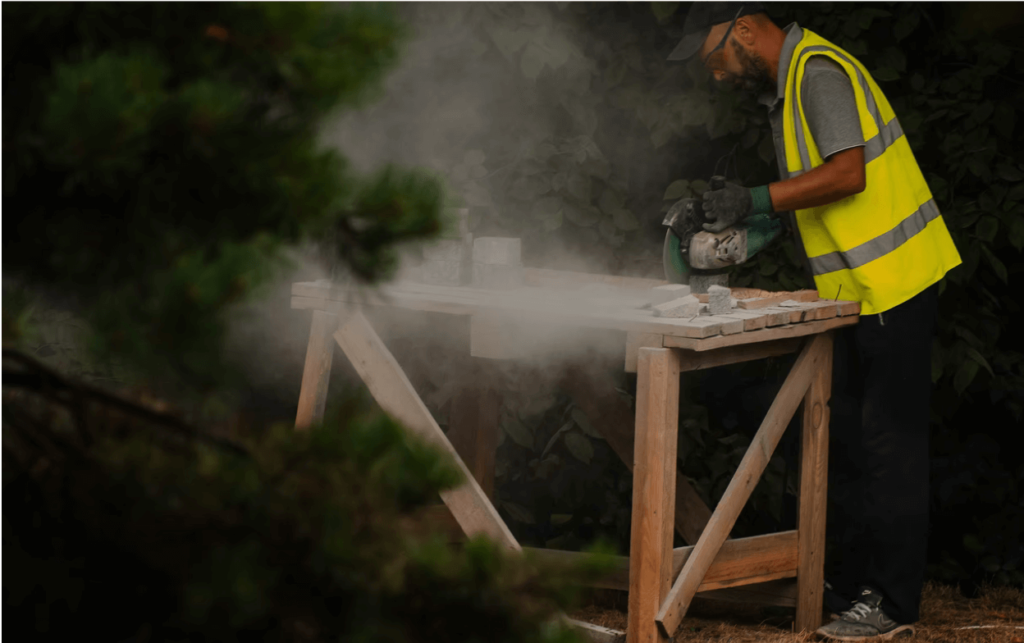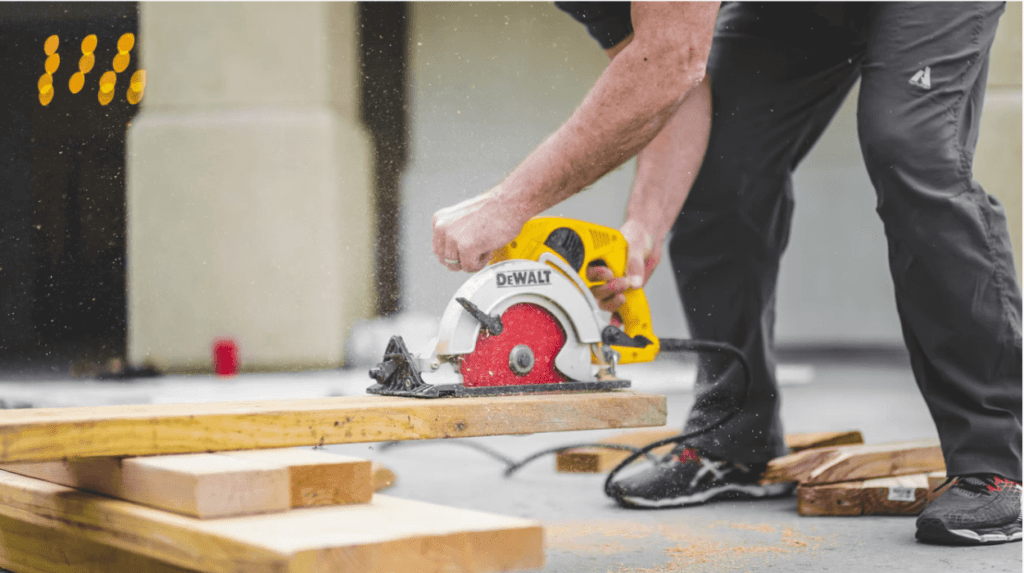In both a practical and emotional sense, woodworking is a rewarding activity. By turning bits of lumber into works of art, you use your ingenuity and creativity to create something spectacular. One of the most common joints used is the humble miter, a simple 45-degree angle that enables a carpenter to create perfect right angles that are practical and aesthetically pleasing. Yet, as basic as this cut is, many people tend to mess it up. This post will discuss six valuable tips and tricks that any budding carpenter can use to get the perfect miter cut every time.

What Is A Miter Cut?
Before going too deep into the tricks of the trade, it is worth getting a fundamental overview of what this cut is. Miters, or miter joints in woodworking, are joints created by cutting two pieces of timber to form a right angle. Typically, you’ll find this joint in constructing frames and panels and interior joinery.
A miter cut is essentially an angled cut that leads from one board or piece of wood into another. An angle of around 45 degrees is usually made, but the angle may vary depending on the project and situation. In this type of cut, two pieces meet at a right-angle, which creates a more uniform joint than other types. Moreover, when used in conjunction with wood finishes like shellac and polyurethane, the result can be seamless and look fantastic. You can utilize traditional methods and power tools to create this type of joint. Now that you understand what they are, it is time to move on to the tricks you can use to take your miter game to the next level.
Use A Sharp Saw
This first tip might sound like stating the obvious, but you would be surprised at how many people begin their woodworking projects with dull tools. Furthermore, this tip carries over to all woodworking tools like chisels and drill bits. Nonetheless, regarding miter cuts, it is essential to have a razor-sharp saw blade. This is true for hand saws as well as power tools. When you purchase a tool from the hardware store, the chances are high that the factory cut is sharp, but not as sharp as it should be.
A dull blade will rip the wood to pieces and create ugly splinters that can ruin the look of your work. Therefore, you should invest in sharpening tools to turn a dull blade into a sharp and efficient tone. You can also look at sharpening tools as a kind of mediation! It sounds odd, but many people get a sense of satisfaction when they maintain their devices, as it tends to be a repetitive motion.

Utilize A Jig
A jig is anything that allows you to perform the same action with precision. Miter cuts are no different, and you can use them to get millimeter accuracy every time. The beauty of these simple tools is that you can make one yourself or buy a cheap one from any hardware store. In addition, they are incredibly straightforward to use. You simply place your piece of wood into the jig and find the angle you want to cut. You then use your saw to finish the job. The only real downside of store-bought jigs is that you usually have to use a hand saw with them. However, this only relates to the cheaper, plastic options and there are more expensive ones that you can use with a power saw.
Trim The Ends Before Making The Cut
This tip only counts when you are using a fresh plank of wood. When you purchase wood, it has been cut in the sawmill as quickly as possible. This speed often results in less than desirable cuts (good enough but still lacking), which you need to tidy up. Therefore, it is advisable to take some time to cut off each end to create a nice edge to work on.
Use A Table Saw With Built-In Accessories For Accuracy
In many ways, a table saw is the perfect tool to cut this joint. They are secure and can cut precise joints constantly. However, if you want to take it a step further, you should opt for a table saw that comes with built-in stops of degree and a laser. These two accessories will enable a level of precision that is not possible by hand.
If Using A Power Tool, Allow It To Get To Full Speed
When making cuts using a power tool, you should wait until the saw gets up to full speed before cutting. As you go through the wood, you risk splintering it or burning it if you begin cutting it before it has gotten up to speed. You also run the risk of damaging your tool.
Remember To Use Relevant Safety Measures
This tip is not miter-specific but is worth reporting nonetheless. Safety should be your top priority when working around power tools. This includes wearing eye protection, ear protection, and following manufacturer’s guidelines on using their tools.
Cutting the perfect miter joint need not be a challenging task. By following any or all of the tricks mentioned here, you should be able to make an aesthetically pleasing cut every time.



